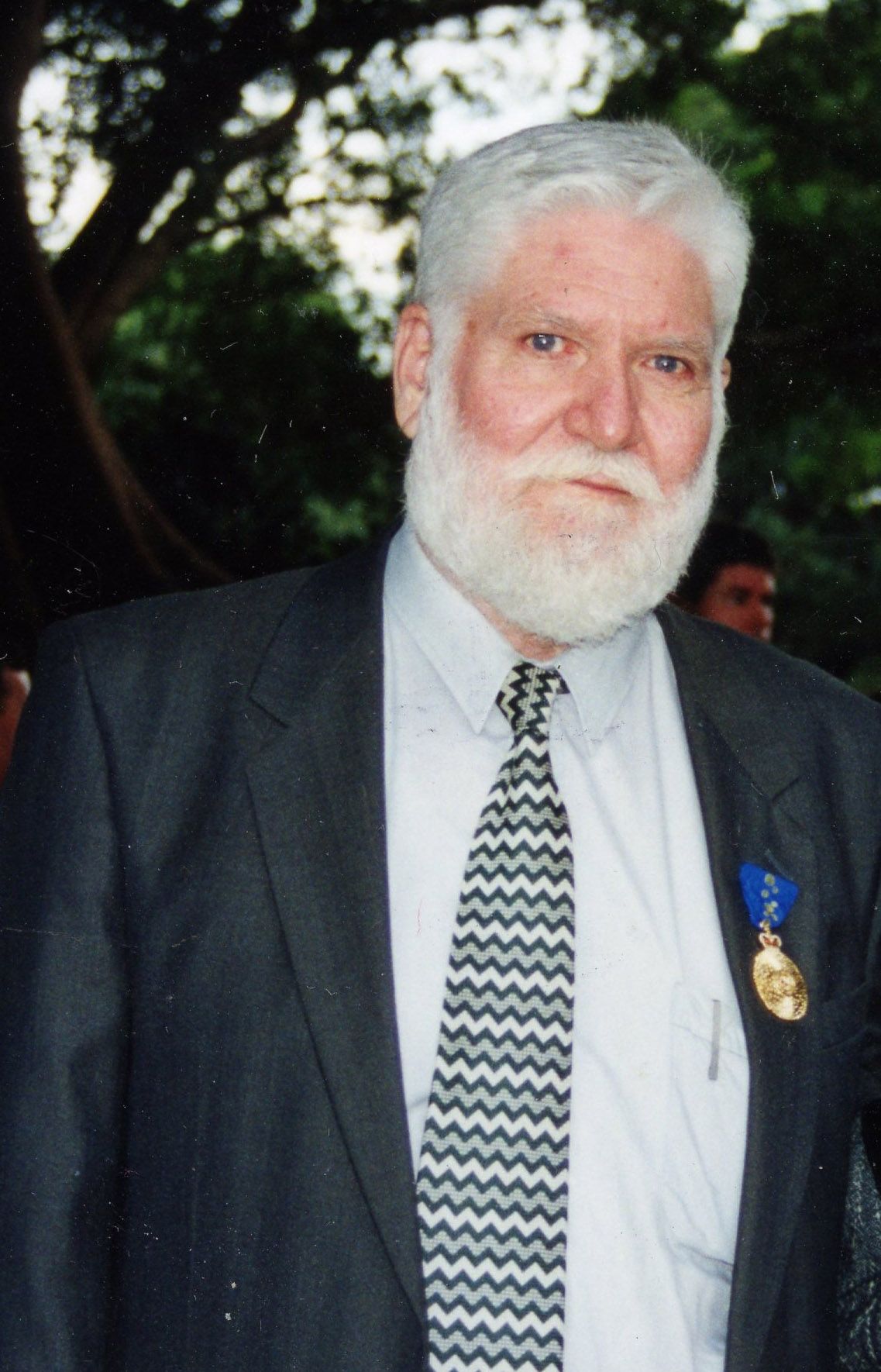William James Semple Kerr
TKS 1946 - 1949
HERITAGE and CONSERVATION

A boarder in Broughton House, James returned to Queensland after leaving The King’s School and concentrated on rowing, representing his State in 1954 and 1956 and winning the Lawler Trophy for the outstanding oarsman in Queensland. He retired from rowing the following year, having represented New South Wales.
In 1960 James married Joan Lyndon and their partnership was to have a profound impact on Australian Heritage Architecture and Conservation practice and education.
Working for QANTAS in Switzerland and England and travelling throughout Europe, James and Joan attended lectures on art and architecture and on their return to Australia saw the Australian land and townscapes as a dynamic and disappearing resource. A change in direction saw James enrol in a Diploma of Conservation Studies at York University, graduating in 1973. Returning to Australia, James became Assistant Director of the National Trust (NSW) and following further research and graduating with a DPhil from York in 1978, Assistant Director of the National Trust (Technical and Policy) and Acting Director for the Australian Heritage Commission.
An Honorary Life Member for the International Council On Monuments and Sites both on the National and International level, James was the Convenor for the Burra Charter Committee and worked on numerous Advisory Committees for ICOMOS and the National Trust as well as Government agencies providing professional advice all over Australia, New Zealand and in the United Kingdom on the conservation and restoration of buildings and resources as diverse as postal services and parks, prisons and performing arts.
The author of many publications, James was commissioned to work on the interim Conservation plan for the Sydney Opera House, initially in 1993, a plan for conservation for the Goulburn Correctional Centre (1994), Parramatta Correctional Centre (1995), Sydney Observatory (1991, 2002) and Fort Denison (1986), to mention just a few.
A Visiting fellow at the Australian National University from 1997-2001, James has received recognition for his work from the National Trust, and in 1995, together with his wife, received an award for their outstanding contribution to heritage conservation. In 1999 James received an AM for his service towards heritage conservation and in 2007 the National Trust and Energy Australia presented him with a Lifetime Achievement Award.